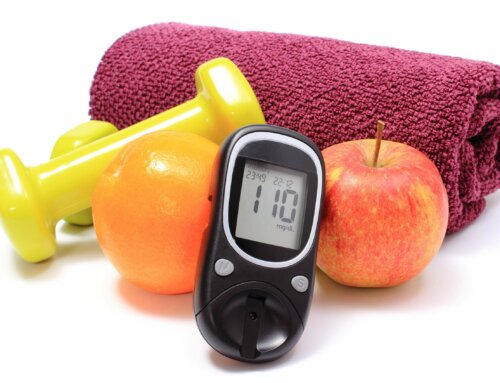April is Foot Health awareness month. Most of us overlook our feet when we think about our health. For people with diabetes, foot care is essential to preventing complications and serious conditions. Here are ways to maintain proper foot care and avoid potential complications such as nerve damage or amputation.
- Keep blood sugars monitored daily and maintain your 3 month blood sugar average (HbA1C) at 6.5% – 7%. Controlling your HbA1C gives you an opportunity of not developing peripheral neuropathy – a common diabetes complication that affects the nerves due to excess sugar in the blood. Nerve damage or neuropathy usually begins with severe pain and tingling, eventually leading to numbness and loss of sensation. With a loss of sensation, you may be prone to an infection from an foot injury you can’t feel.
- Examine your feet and legs daily – especially the soles of your feet and between the toes. Check for corns, calluses, open cuts, skin color changes, hot spots, blisters, swelling, athletes foot and ingrown toe nails. This will help you avoid more serious wounds.
- Wash your feet daily and use mild soap. Remember to wash & dry each toe as a single unit and use luke warm water. Use a soft towel to dry them. Remember not to soak your feet which adds to skin breakdown and fungus. Usually an over the counter product like Lamasil can help treat fungus but always check with your physician.
- Apply lotion when you are done with your shower or bath and the foot is still moist for maximum absorption. People with diabetes have extremely dry skin, especially when the HbA1C is out of control. A plain white, non-fragrant cream is best. Avoid putting lotion between your toes, which can lead to fungus. Powder such as corn starch is acceptable for usage in between the toes.
- If your insurance covers podiatrist visits, let your podiatrist be responsible for nail trimming. The appointment cycle is usually every 2-3 months depending on how fast your nails grow. Keep your nails trimmed to avoid ingrown toenails. Your podiatrist can watch out for fungus called onychomycosi, which can become a chronic problem for people with diabetes.
- Never walk barefoot inside or outside and try to wear closed toe shoes and socks. This will help you avoid injuries or wounds. In the summer, sturdy sandals with thick soles and protection near the toes help reduce perspiration and risk of fungus. Changing shoes daily helps dry out perspiration from the previous day. Spraying with Lysol once a week can also be helpful. Wear slippers in the house, pool shoes in the ocean or pool, and socks to bed if your feet are cold.
- Be careful in the bath or hot tub. Make sure the temperature is 105 degrees – anything less can increase infection rate and anything more can increase a burn risk.
- Try to elevate your feet when you are home, especially when they swell at the end of the day. Treat yourself after a long day!
- Ask your podiatrist about diabetic footwear which may be covered yearly by Medicare. Today’s footwear styles are attractive and versatile.
- Ask your doctor or podiatrist about vitamin supplements. Alpha lipoic acid, an antioxidant, and B-100 complex can reduce symptoms of neuropathy. Speak with your doctor about topical pain relievers such as Neuragen PN, or oral medications such as Neurontin, Cymbalta, Lyrica, Topamax and others.
- Finally – make sure to have your physician check your feet during every regular check-up.
Keep your feet moving, clean, protected, healthy and very happy!






Leave A Comment